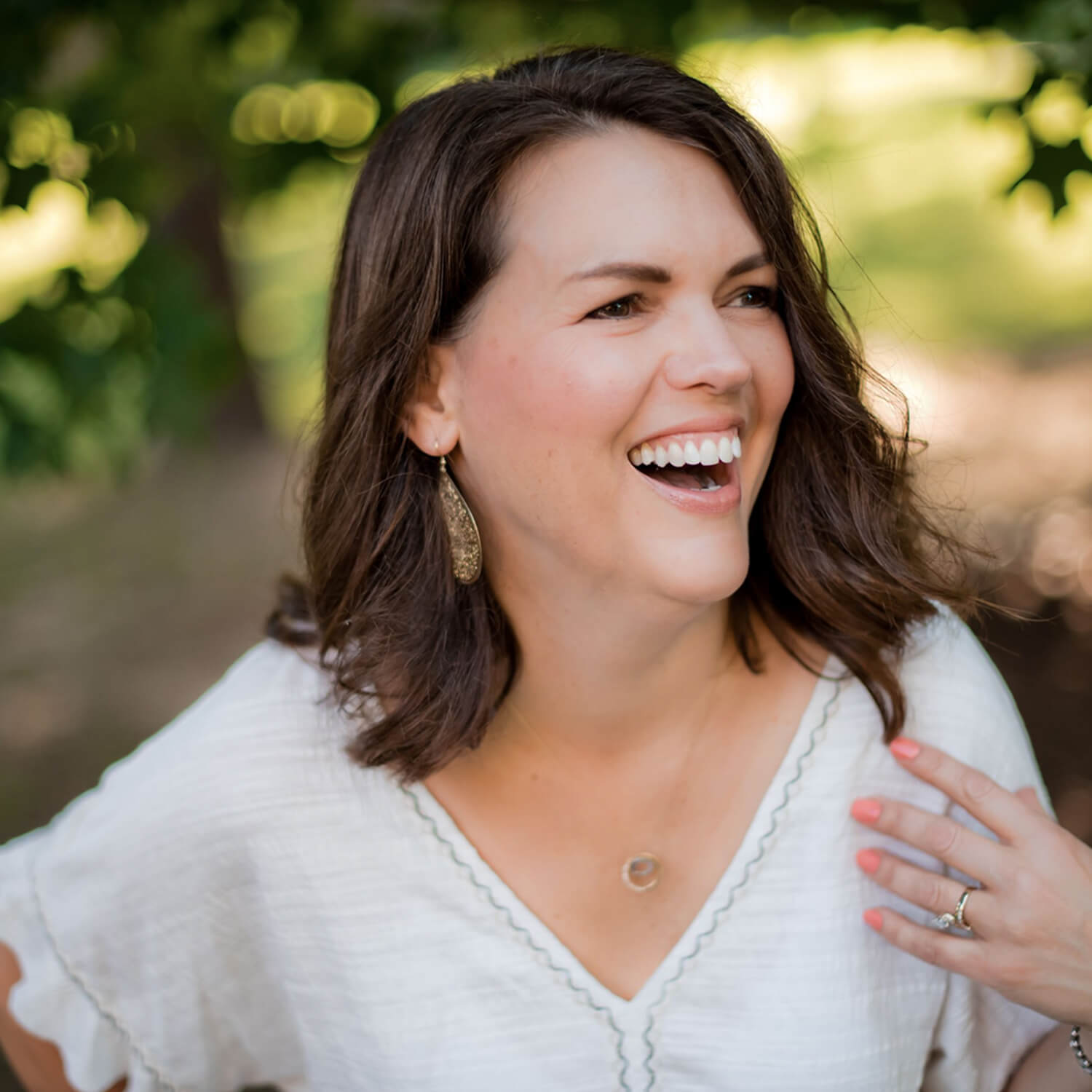Grief is the team member you didn’t choose but are learning to work with
Lately, Grief and I have been getting along fairly decently, not as old friends, but as associates whom you know well and respect deeply. Grief is the team member you didn’t choose but you learn to work with anyway. By pushing you–by pulling back the habits and feelings you’d rather hide–she moves you towards creativity and re-invention. Grief may annoy and hurt you at times, but you’ve learned how to take her aside and have a brief discussion about how much authority she can actually wield in your life. You remind her of the perimeters of your relationship.
This is what I’ve been doing with Grief while I purge my house for Lent.
Someone suggested collecting 40 boxes of stuff I don’t need anymore in the 40 days between Ash Wednesday to Easter, and I took the challenge. So far I’ve eliminated 4 boxes of dishes (but I replaced an old set with a new one, so I can’t count all 4), 2 boxes of picture frames, 10 boxes of clothes and miscellaneous household clutter, 1 box of cookbooks, and 1 secretary (I sold that, so I figure that’s worth a couple boxes). I’ve thrown out countless pencils, pens, and other office supplies. I’ve re-organized my laundry closet, one son’s room, my office, and my kitchen cabinets.
I say “I,” but I really mean “we.” Grief has hitched along for the ride, voicing her opinions strongly about the things which clutter my house. This weekend, we went through artwork and picture frames.
See, this is how Grief and I are becoming a team. I use her as motivation, because as I purge and re-organize, I take a second look at all the ways she’s imbedded herself into my life. Photographs, dishes, recipes, books, frames, art, furniture–all these remind me of my lost loved ones. Maybe that’s why some people hoard. They just can’t face the emotions attached with discarding something. I get that. With each item I encounter, I consider its sentimental and practical value and decide what gets the boot and what stays to live another day. I will not hoard, though. That’s giving Grief her own room to live in, and I don’t enjoy her that much.
Sometimes, Grief will loosen her grip if you just address her bit by bit–if you let her keep her dignity while you back away slowly. This is how I approach the many things I own which I cannot keep but feel conflicted over. I set them out and enjoy them, I soak in all attached memories, and then I put them away. If I don’t miss them, I consider selling or donating them.
After nine months, many of my mother’s pictures have returned to boxes to await scanning and sorting. My favorites still smile behind glass, on bookshelves and in photo collages. She’s in the house, but she’s not hovering. And I think she’d like the places I’ve put her.
A purge by definition is a cleansing of impurity, a getting rid of harmful elements. That is not exactly what I am doing with Grief. She is not harmful if I continue to address her. But throwing away sentimental items too early in our relationship is to give her power she shouldn’t have but will gladly take. If I ignore her, I empower her. And I suspect her power grows with time.
Instead, I am re-purposing the things she values. Some things are moving on to find another home. Some have lived long enough and deserve eternal rest through recycling (aka trash). My emotions are re-purposing themselves in this process. What made me ache from loneliness now sometimes makes me smile with gratefulness. Still a pang sits deep in my stomach, but I welcome it because it proves how terribly much my memories mean to me.
And that’s a blessing. I’ve decided to enjoy them without hoarding.






